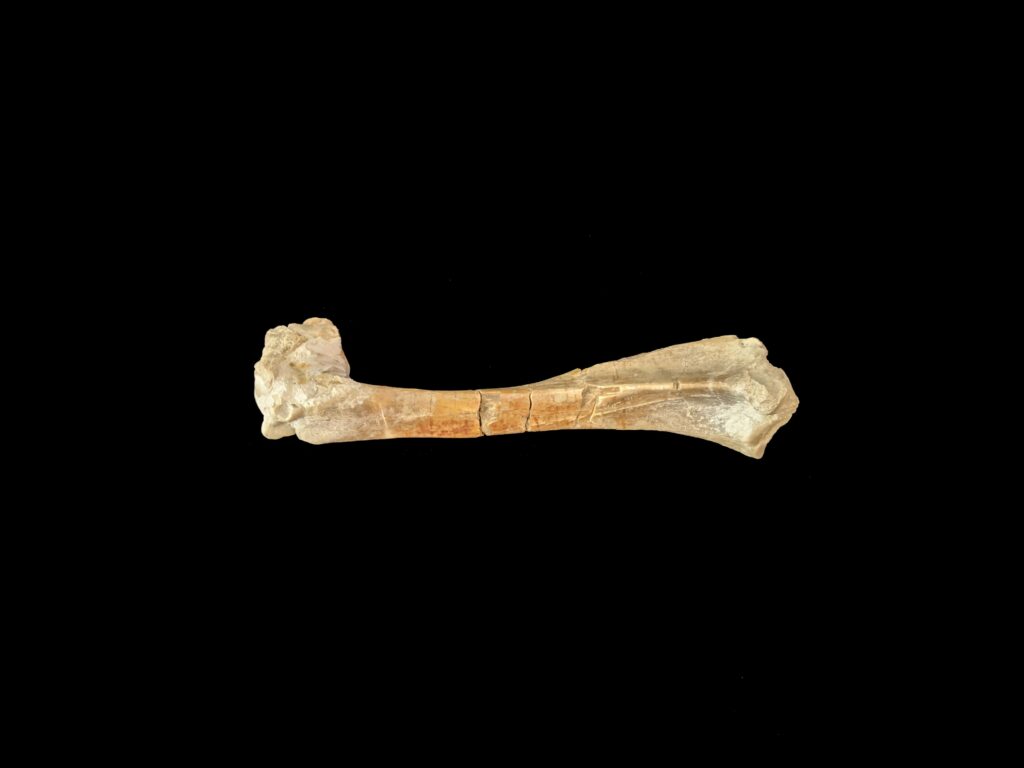A Case Of Fractures in Chronic Kidney Disease
Case 1
Ken:
This 58 year old white female presents with a new fracture of her ribs with coughing (she broke her 8 and 9th ribs on the left confirmed by x-ray. She has previously fractured her right wrist with minimal trauma 7 years before. She had a DEXA done 7 years ago after her fracture, which demonstrated a LS T score of -3.0, a total hip of -2.4 and a left femoral neck of – 2.7. She was placed on alendronate 70 mg /week at that time and took the medication for 4 years. The medication was discontinued due to GI upset. She had a BMD done at the time of her discontinuing the medication, which showed a LS T score of -2.8, a total hip of -2.2 and a L femoral neck of -2.6 (each of the measurements demonstrated a statistically significant improvement in BMD values).
Past Medical Hx:hypertension, type 2 DM, hyperlipidemia, and a STEMI at age 50 (at that time she was found to have the DM and found to have a GFR of 48)
Past Surgical Hx: Total hysterectomy and bilateral at 46 (never on estrogen post surgery)
Past Social Hx: stopped smoking 10 years ago but has a 30pk/days, does not drink alcohol, is employed as convience store clerk
Past Family Hx: mother with osteoporosis MGM with osteoporosis, no family history of kidney stones calcium problems or parathyroid disease
Medications: HCTZ 25 mg day, lisinopril 20 mg day, NPH 50 units at HS, metformin 1000 mg bid, empaflozin 25 mg /day,
Lab: creatinine of 2.8, calcium of 9.3, PTH of 105, 25 hydroxy -vitamin D of 28, phosphorus 3.5, 24 hour urine calcium of 104 mg/24hours 2800 cc.
Ken: Should we treat her osteoporosis?
Steve: Definitely! She clearly has osteoporosis based on her DEXA as well as her history of fragility fractures. I think the question which you are actually getting at is does her new rib fracture constitute treatment failure. Her BMD has actually increased based on her most recent DEXA. Greenspahn’s defines fragility fractures as “those due to trauma equal to or less than a fall from a standing position (Gardner 277). It goes on to point out the classic sites of “vertebral bodies, distal forearm and proximal femur… but other sites such as ribs and long bones, also fracture with high frequency.” It’s easy to poo-poo the rib fracture but if it was just from coughing that’s clearly a sign of fragility despite her bisphosphonate use.
Ken: What is the best therapy for her given her renal disease?
Steve: I presume based on her creatinine being 2.8 that her CrCl is likely quite poor. In that scenario denosumab would be the best choice. However I would want to stress to the patient that this would requirement indefinite treatment every 6 months as if she were to stop she would rapidly lose any improvements in her bone density
Ken: What does her PTH level mean?
Steve: With her normal 24hr urine Ca this is more suggestive of secondary hyperparathyroidism from renal disease than insufficient calcium. I am surprised by the normal phosphorus however I would have expected it to be higher. At this point I would consider treating her PTH with calcitriol to see if this normalizes it.

